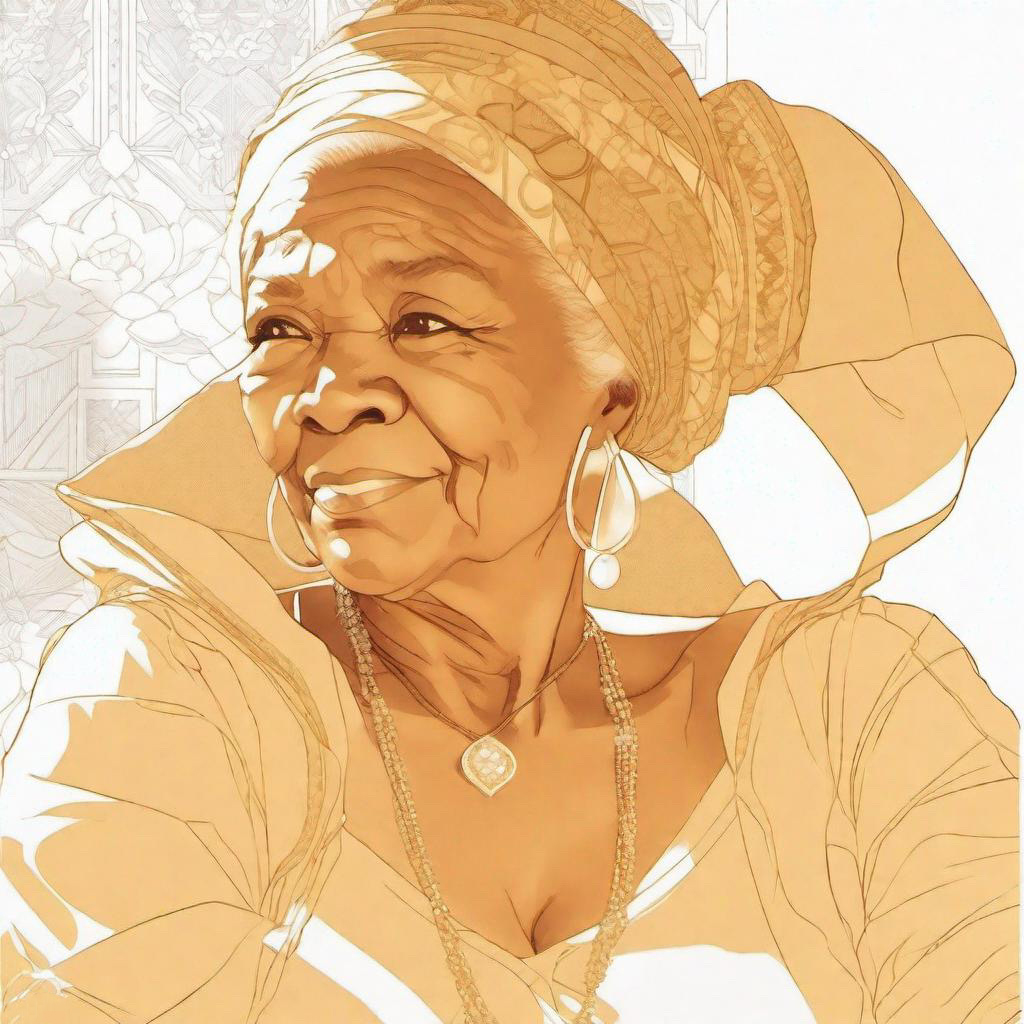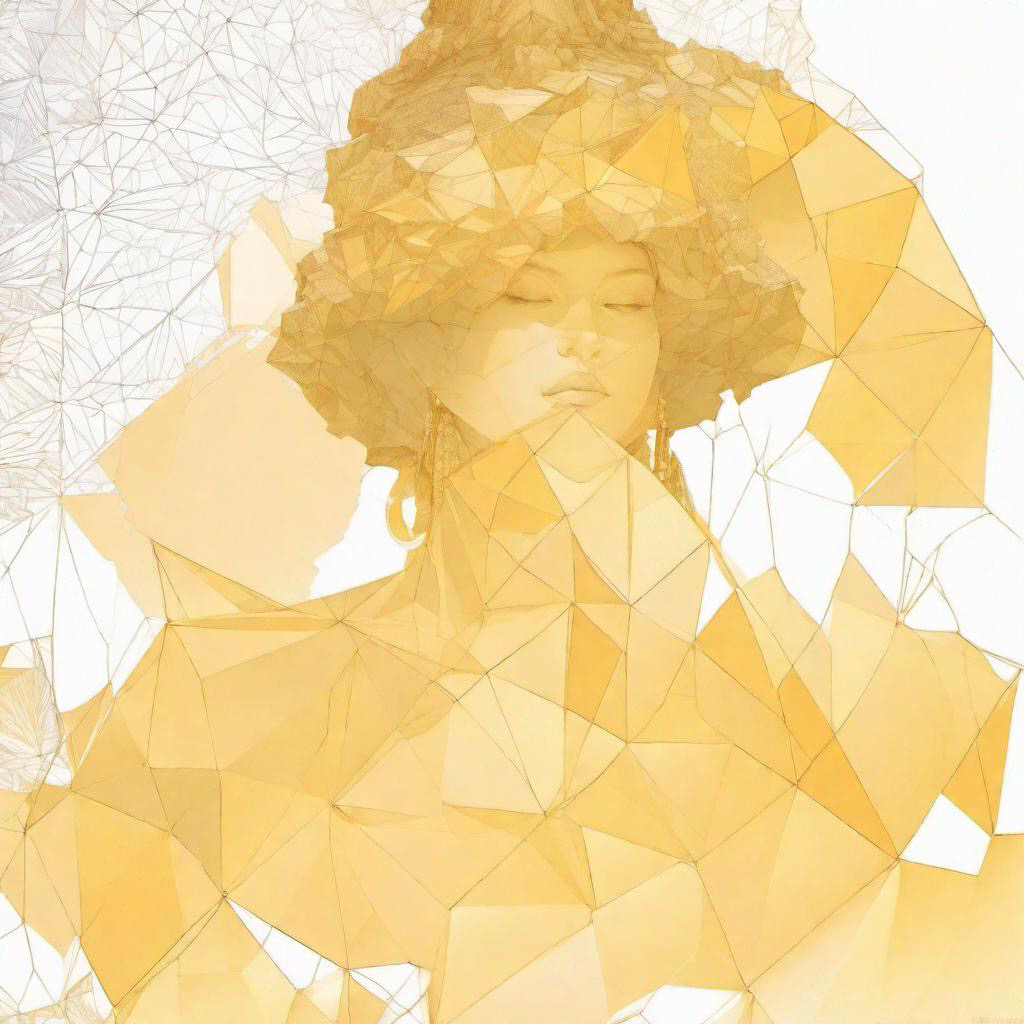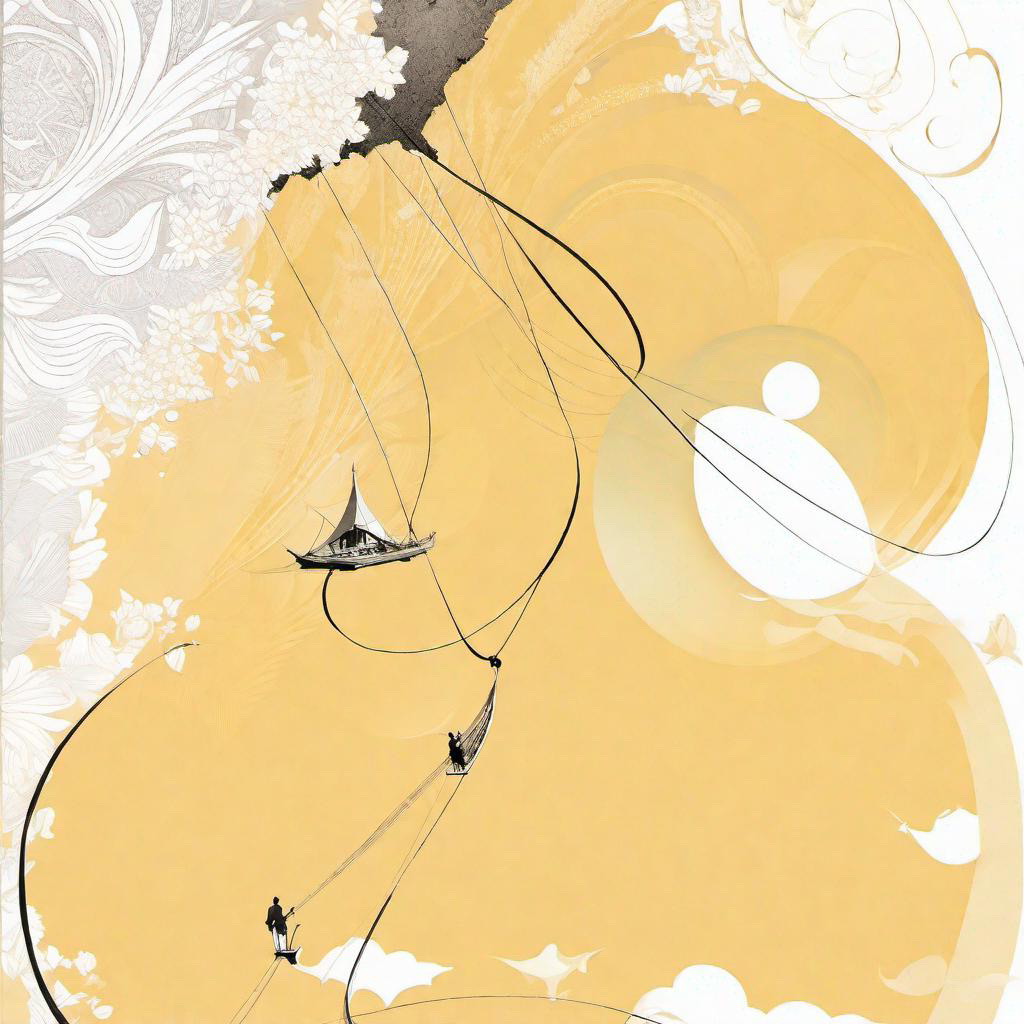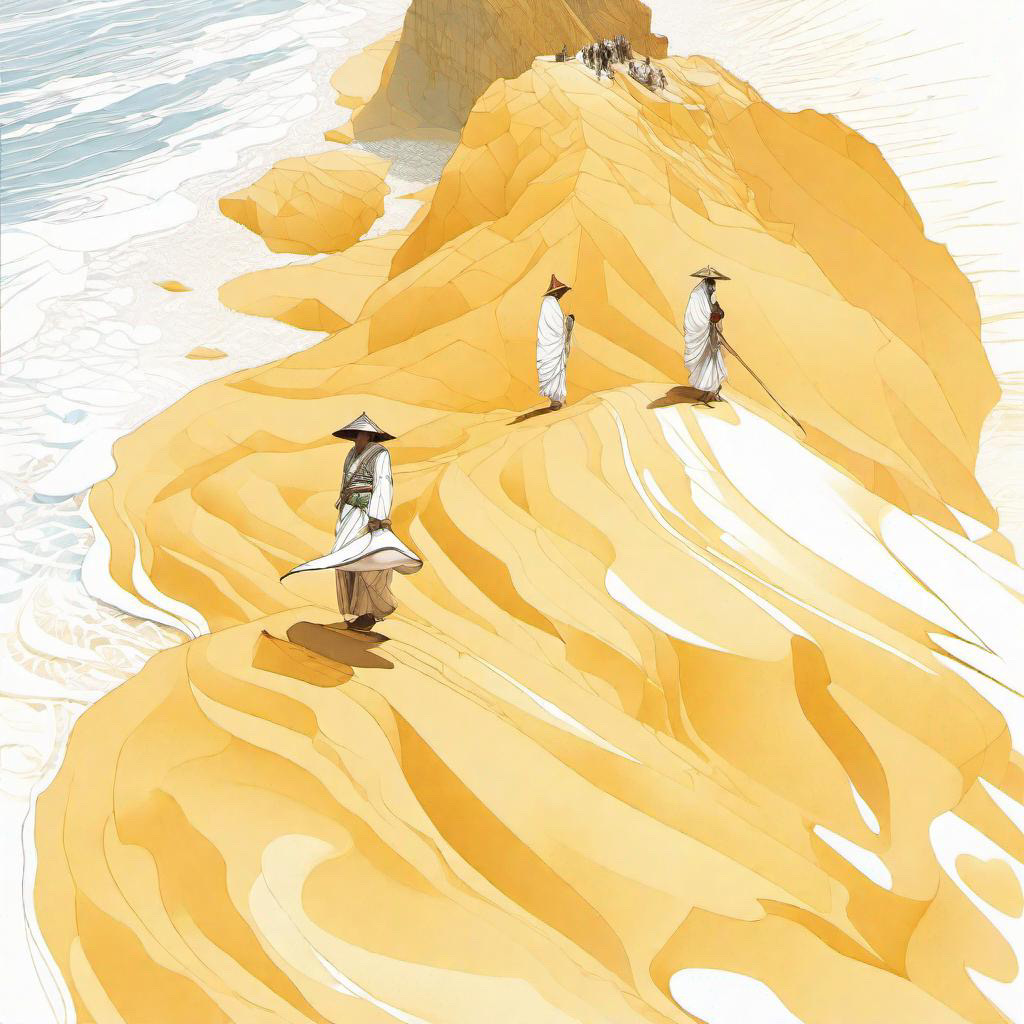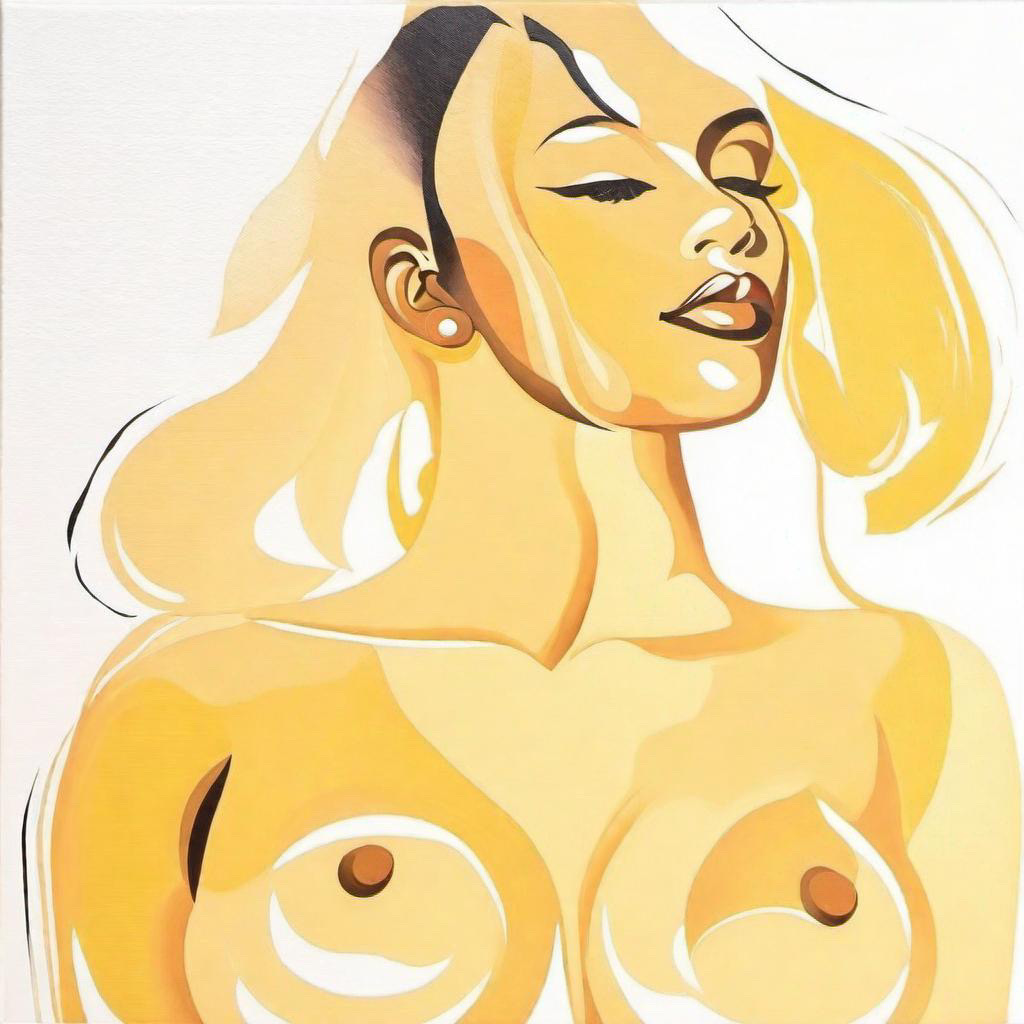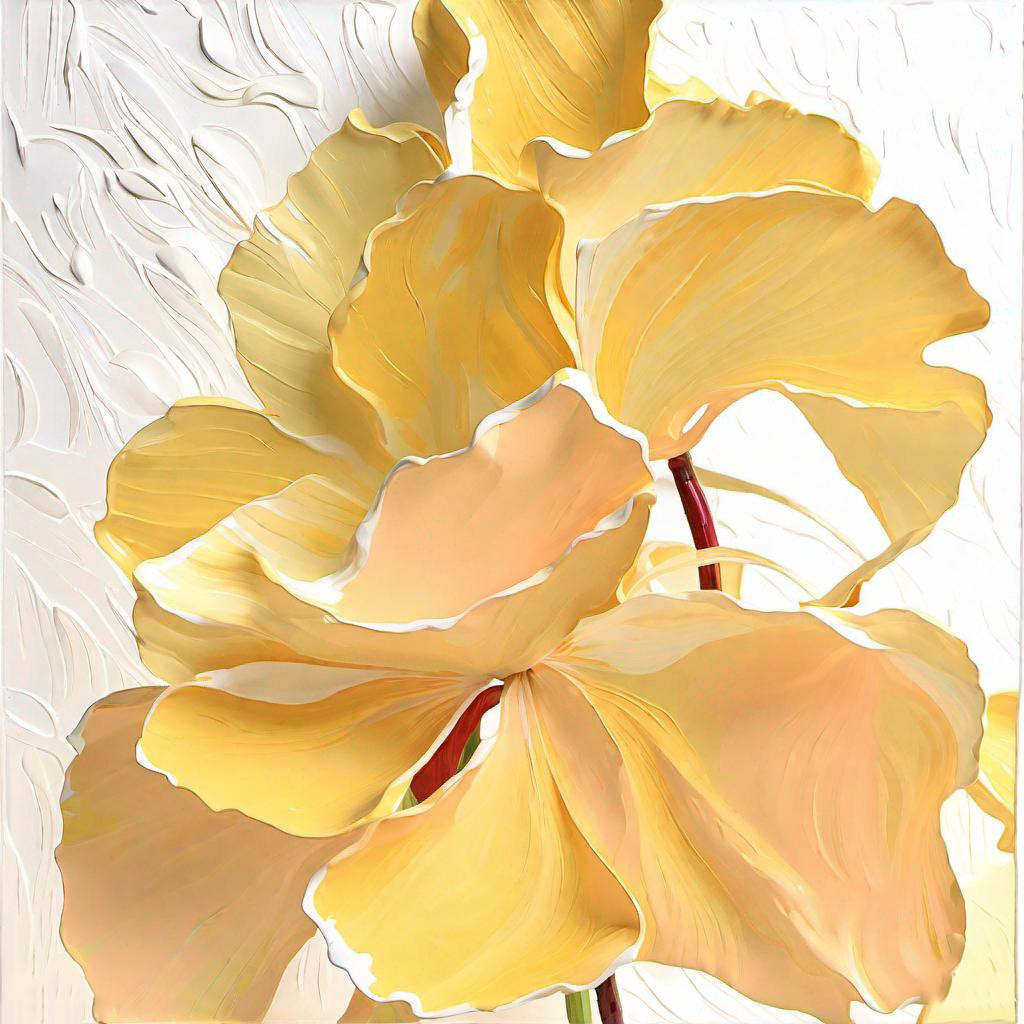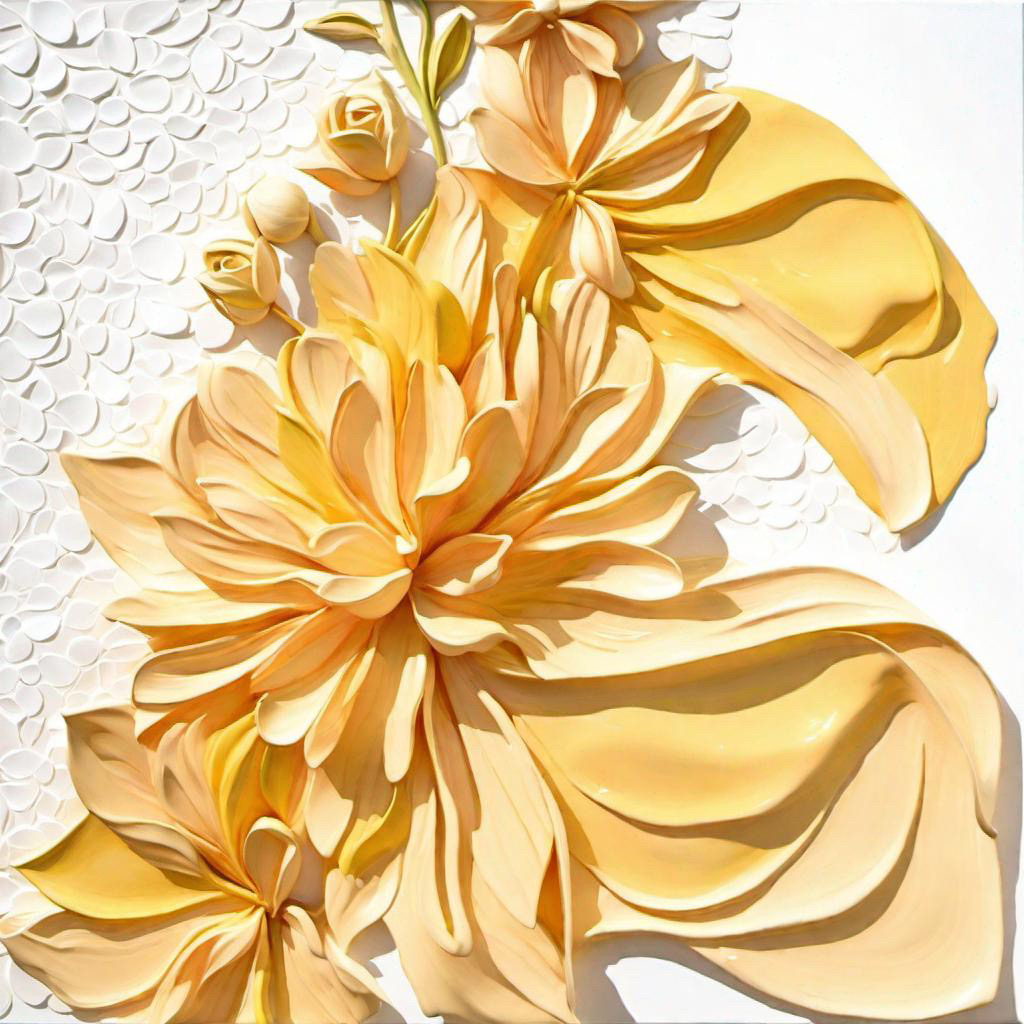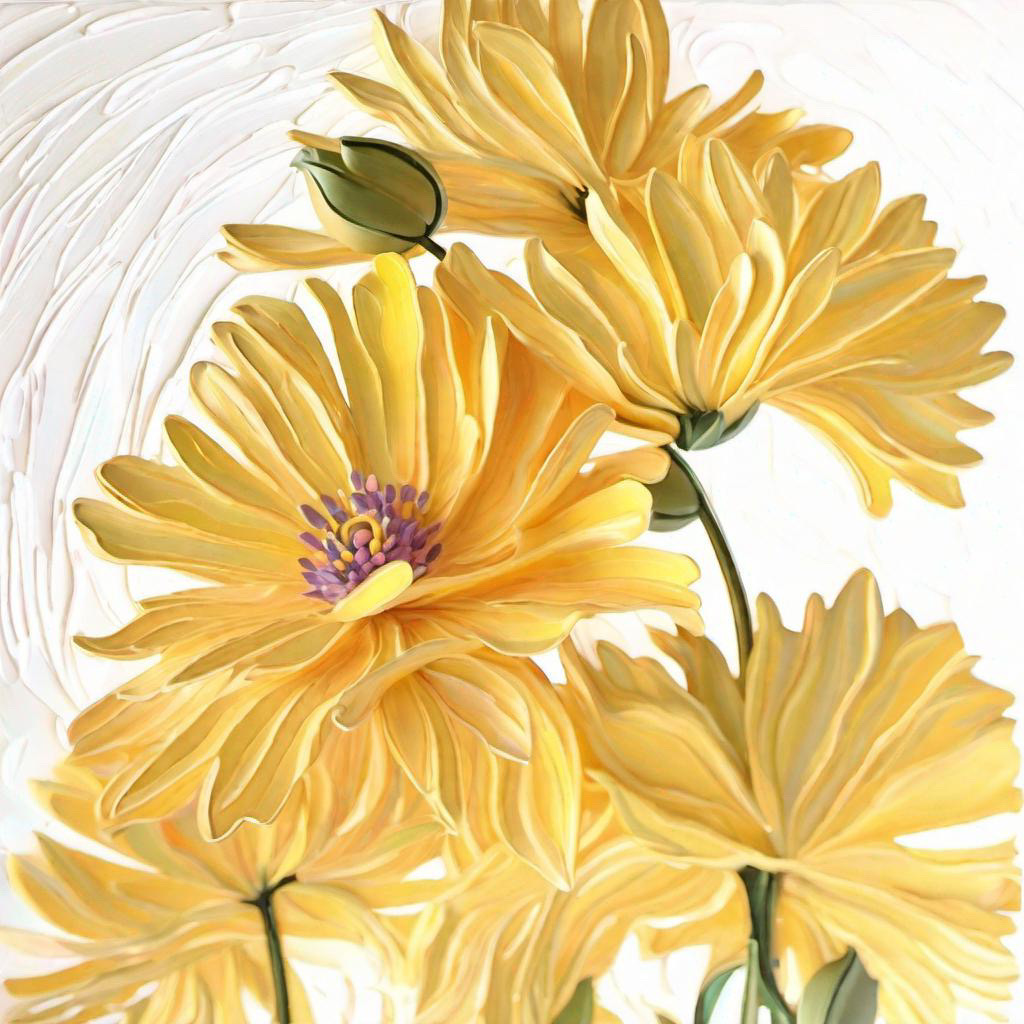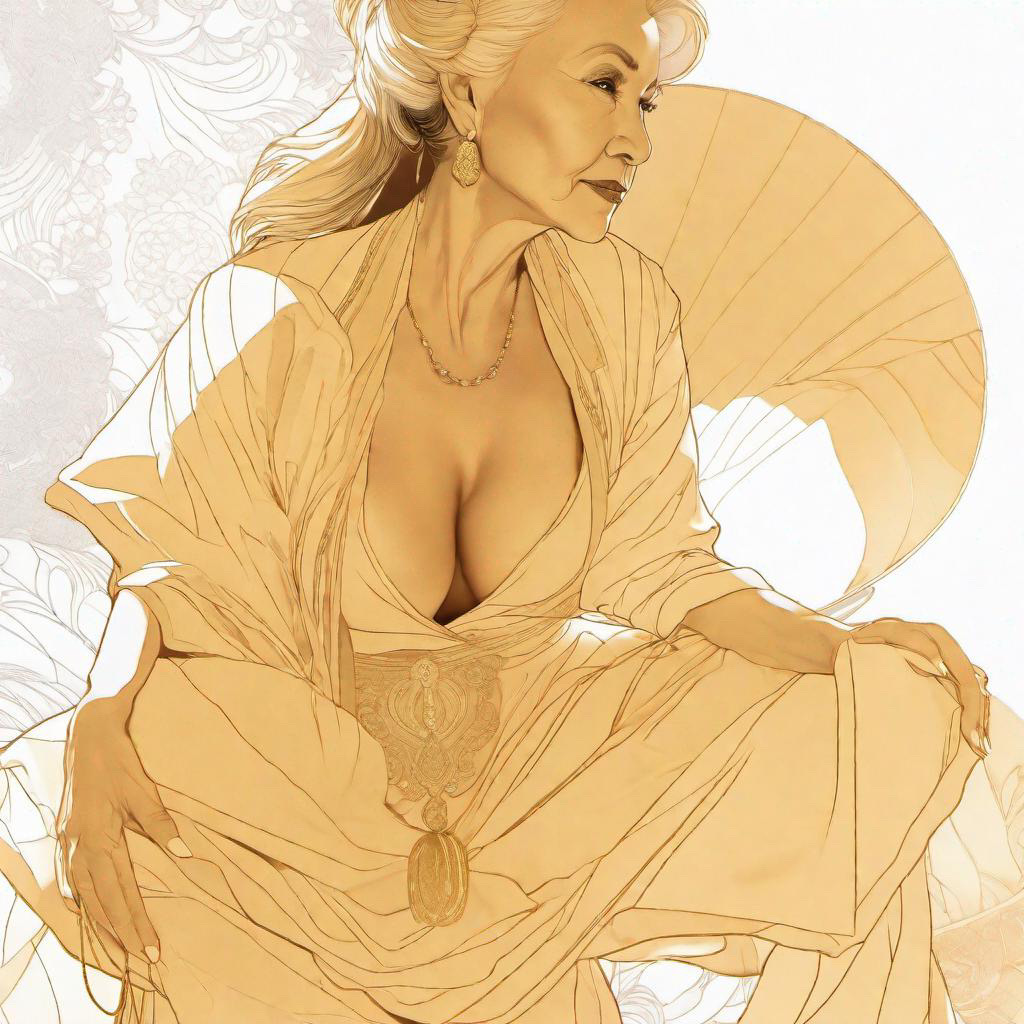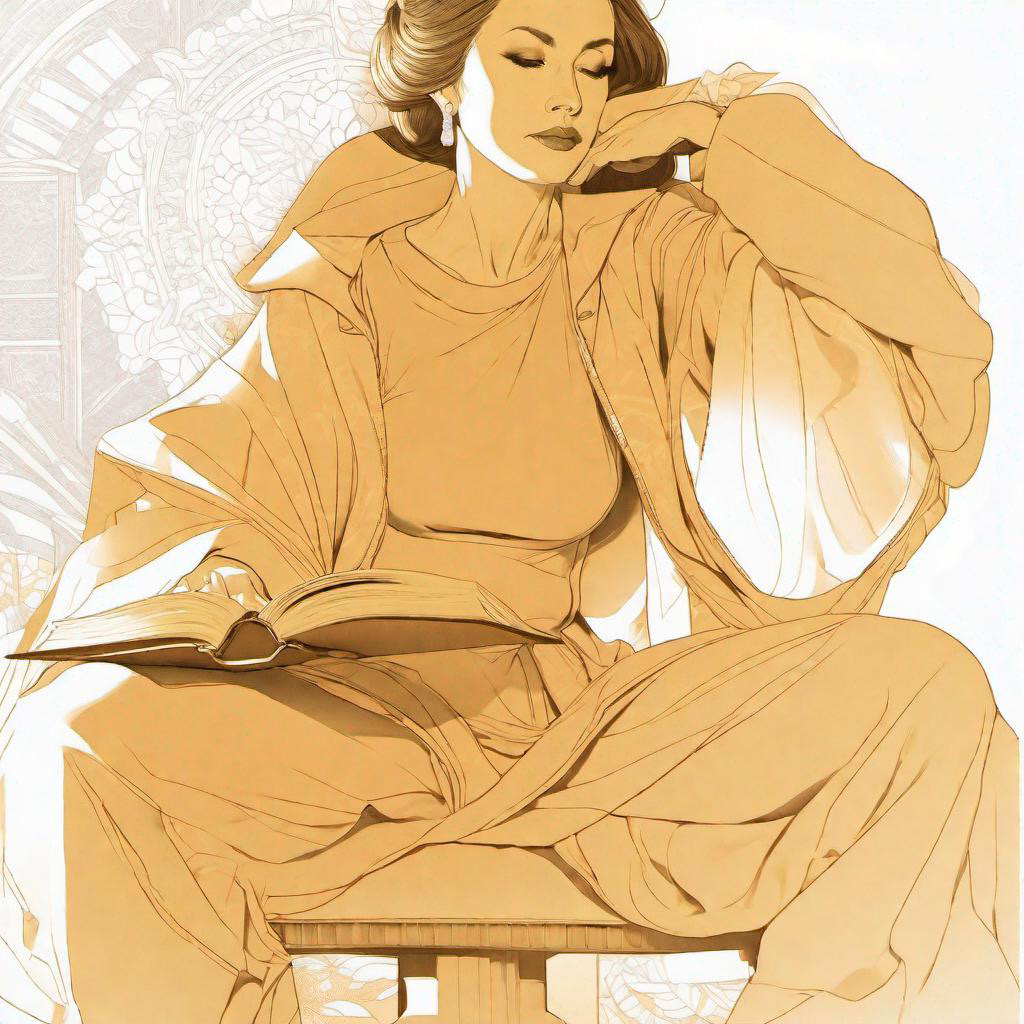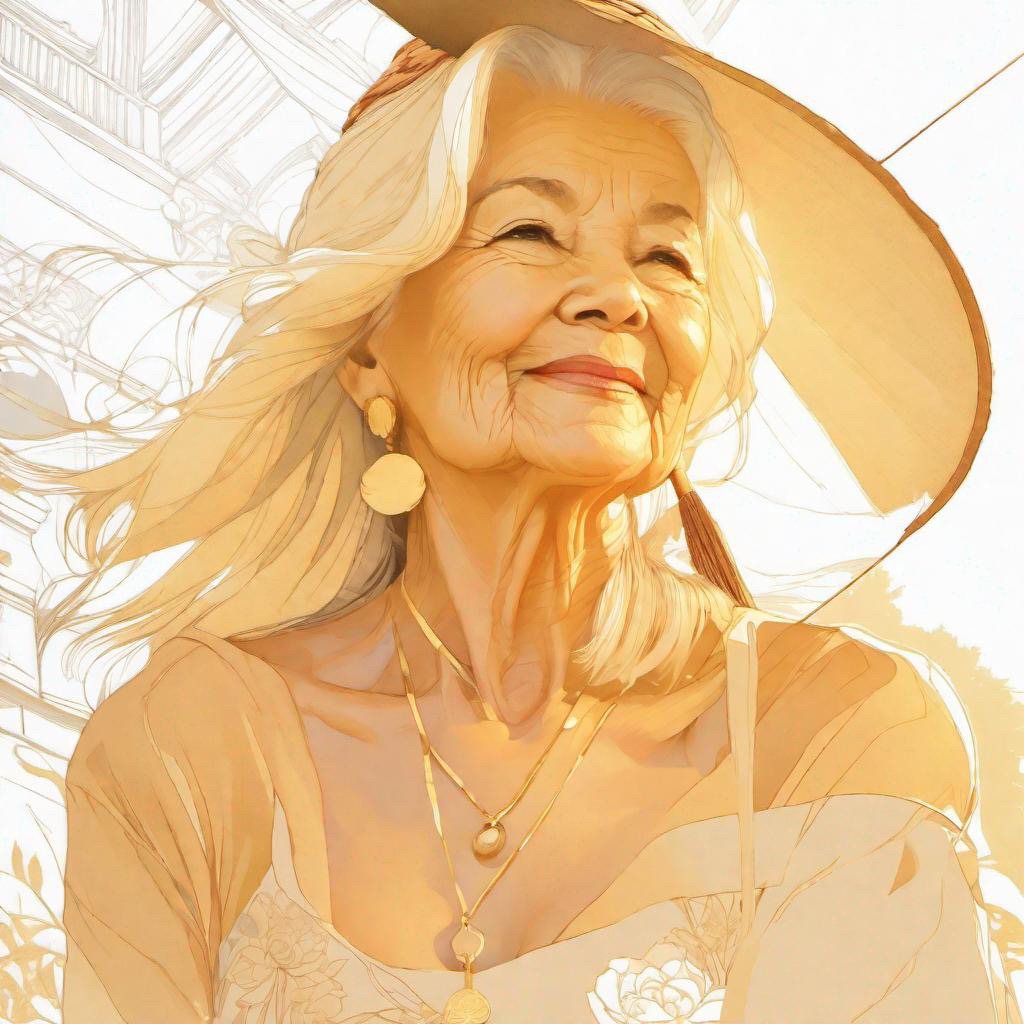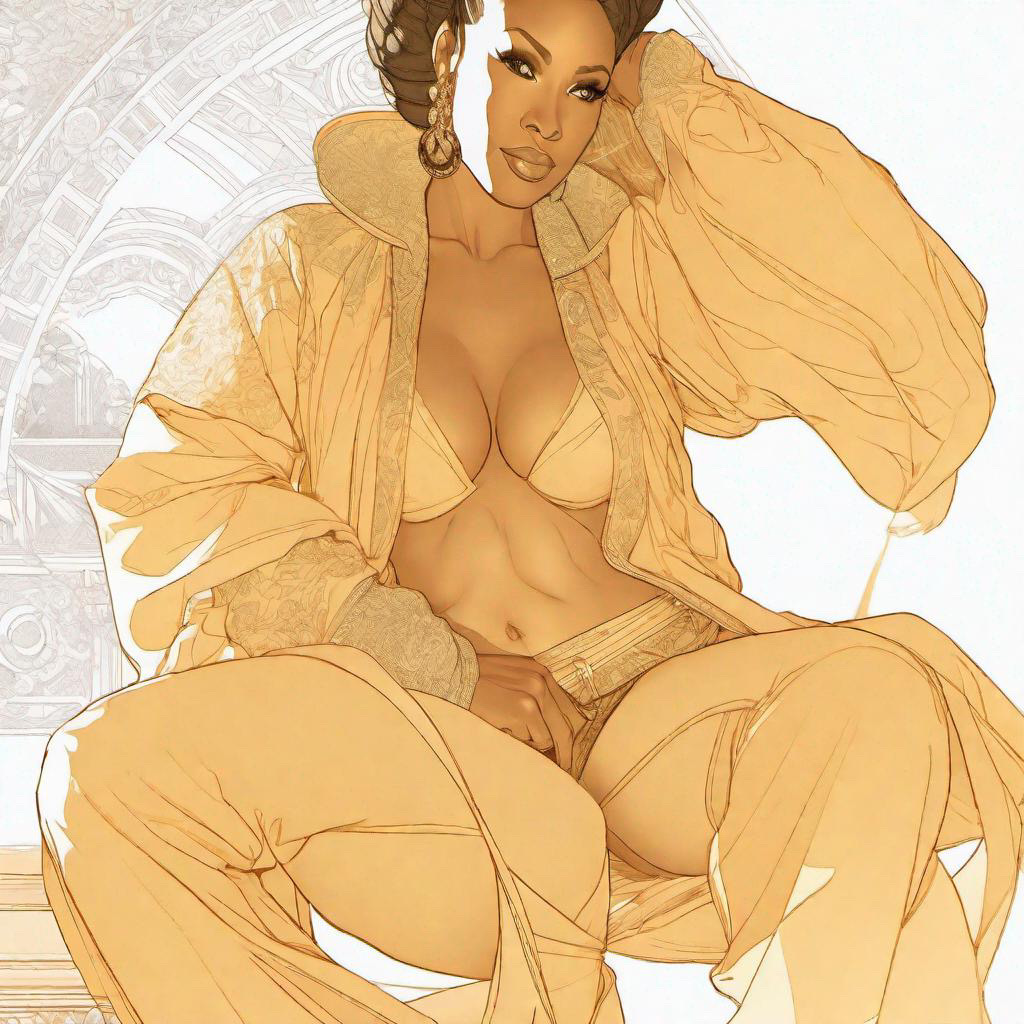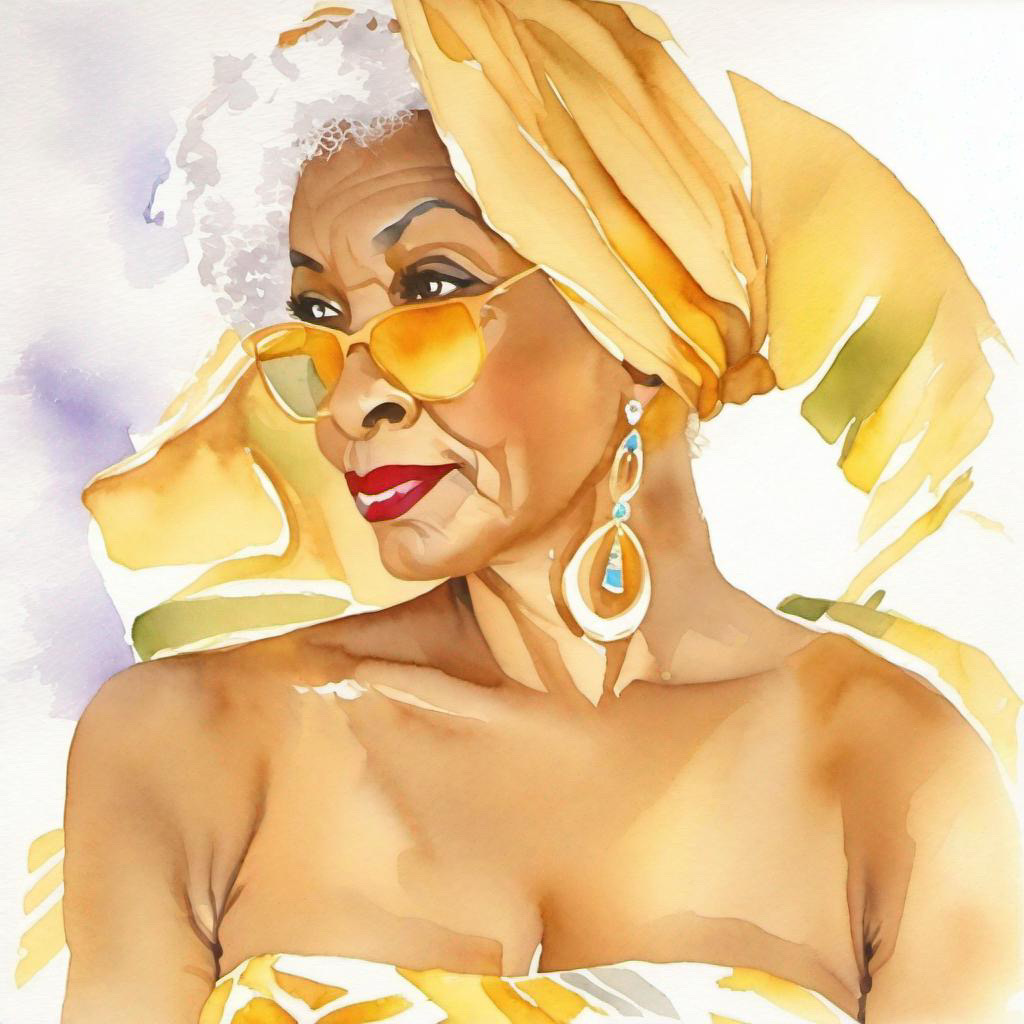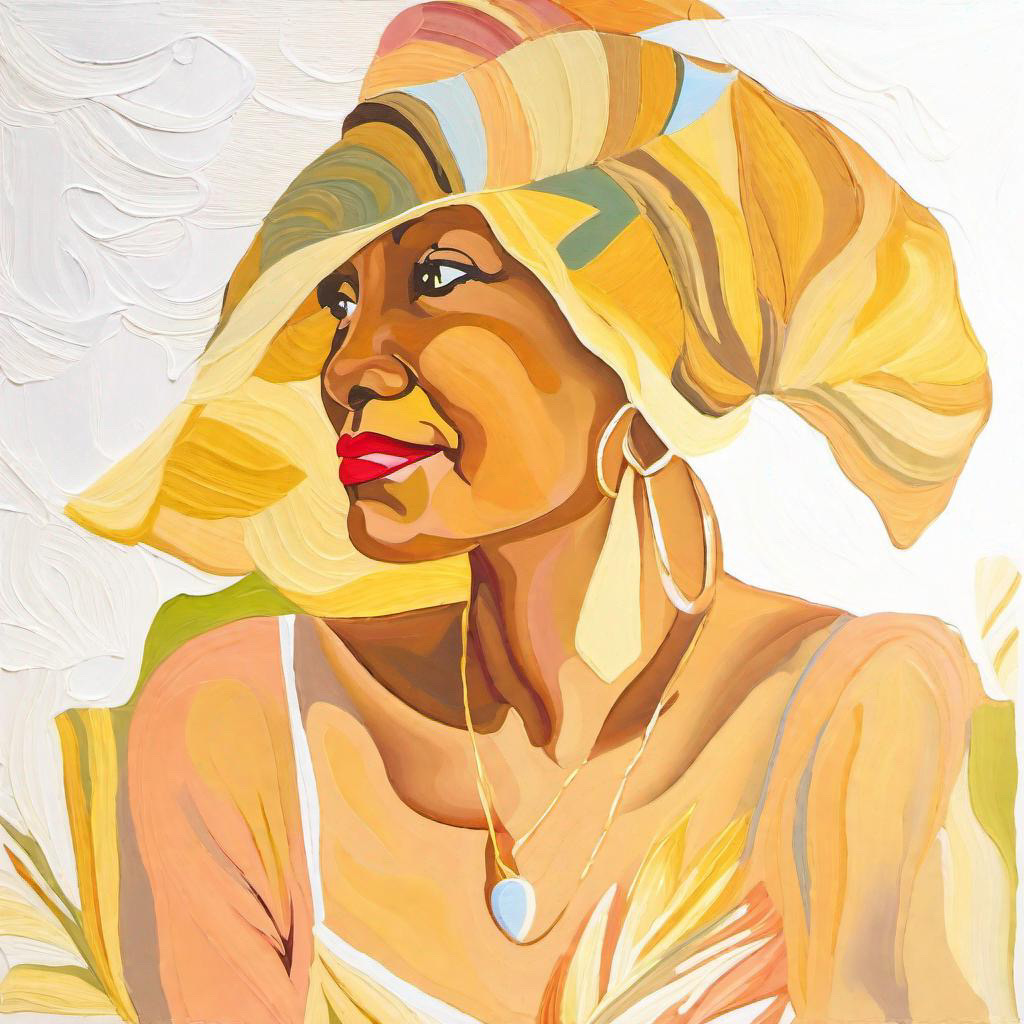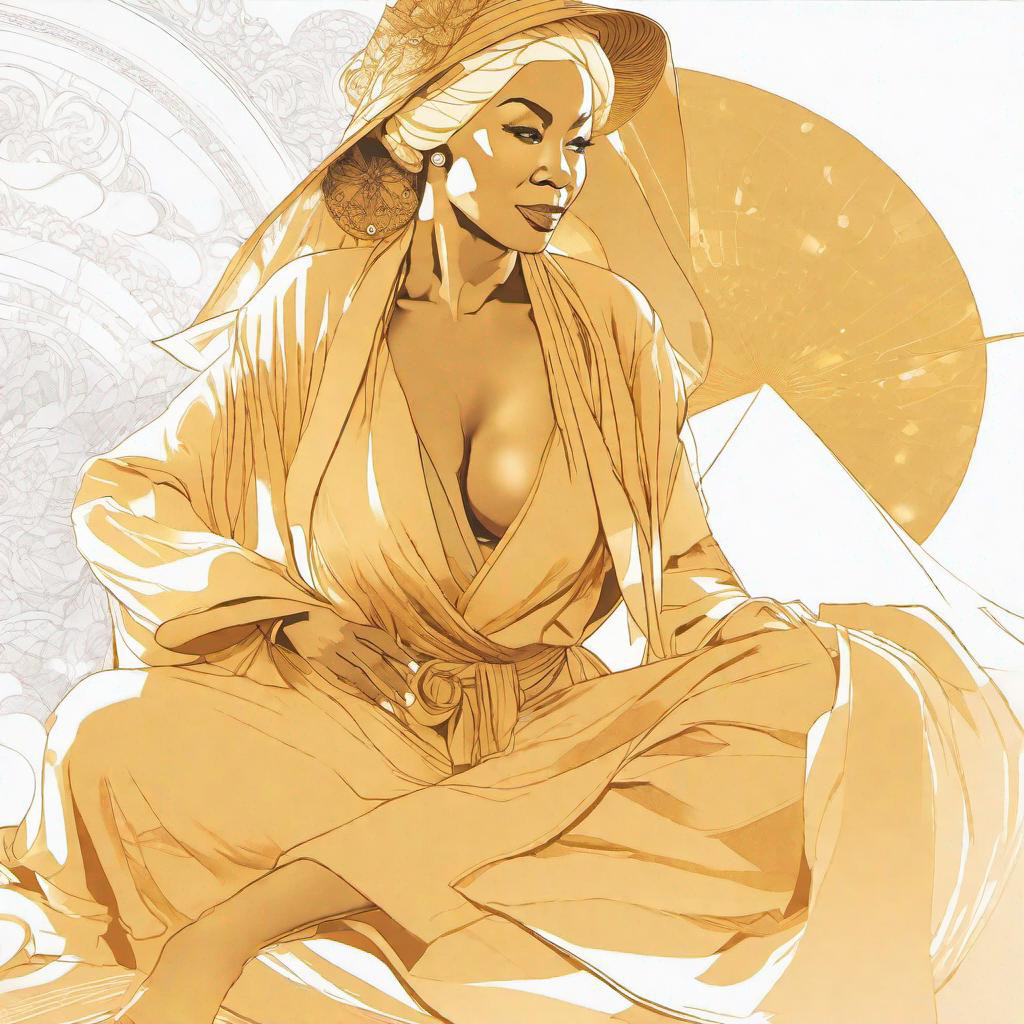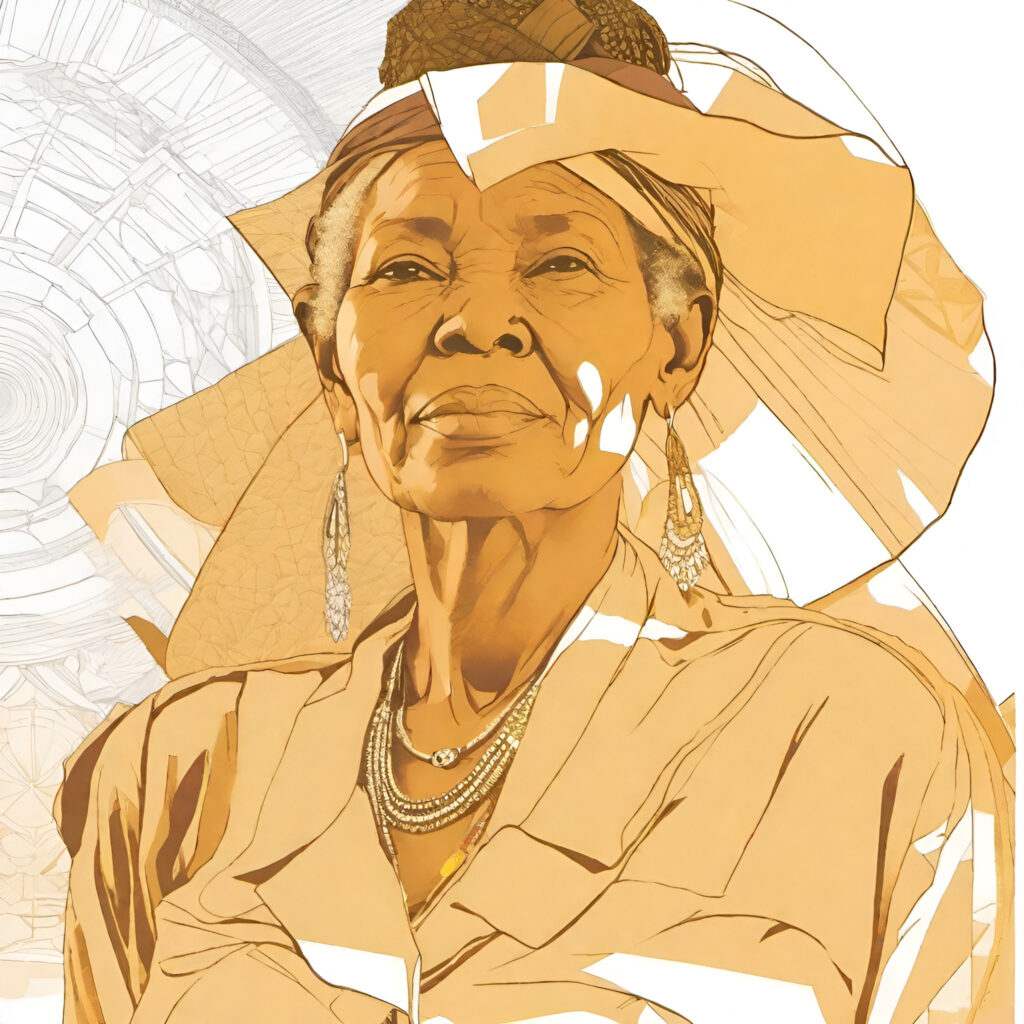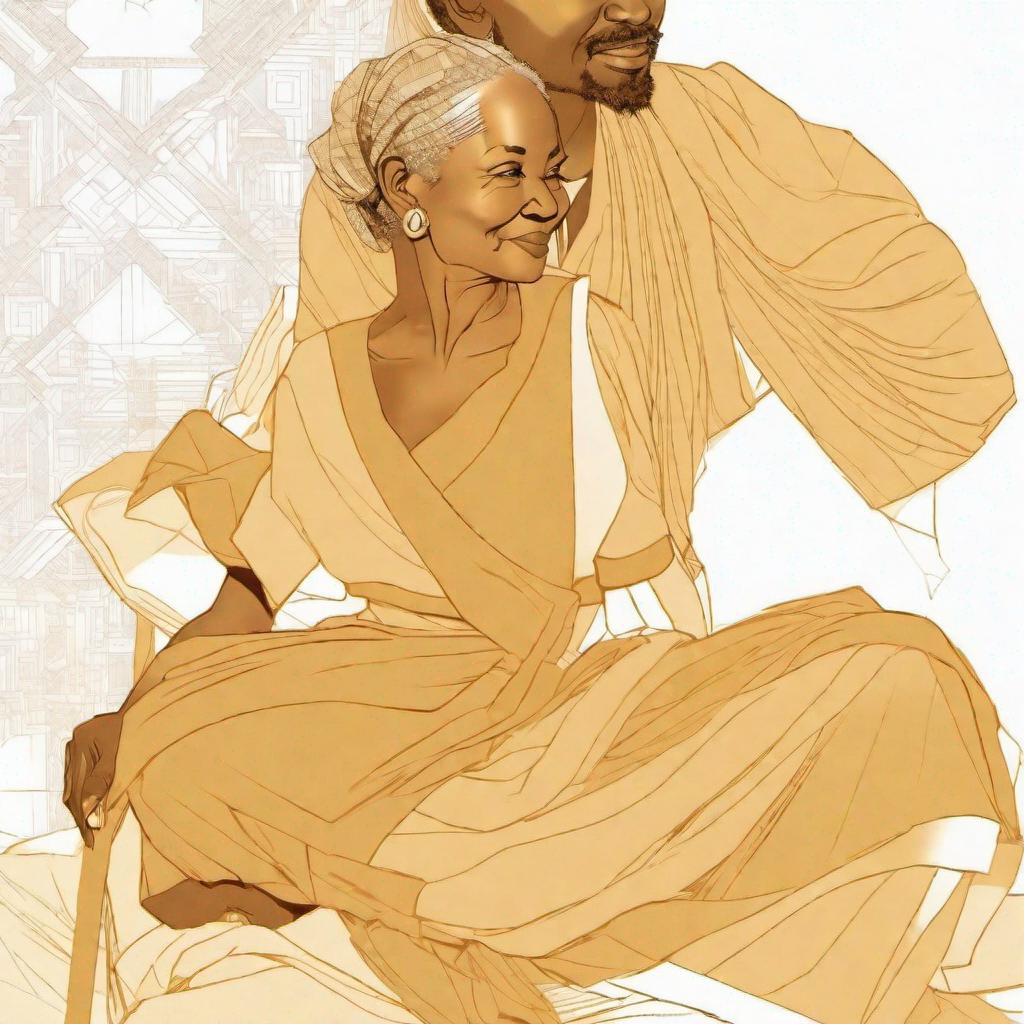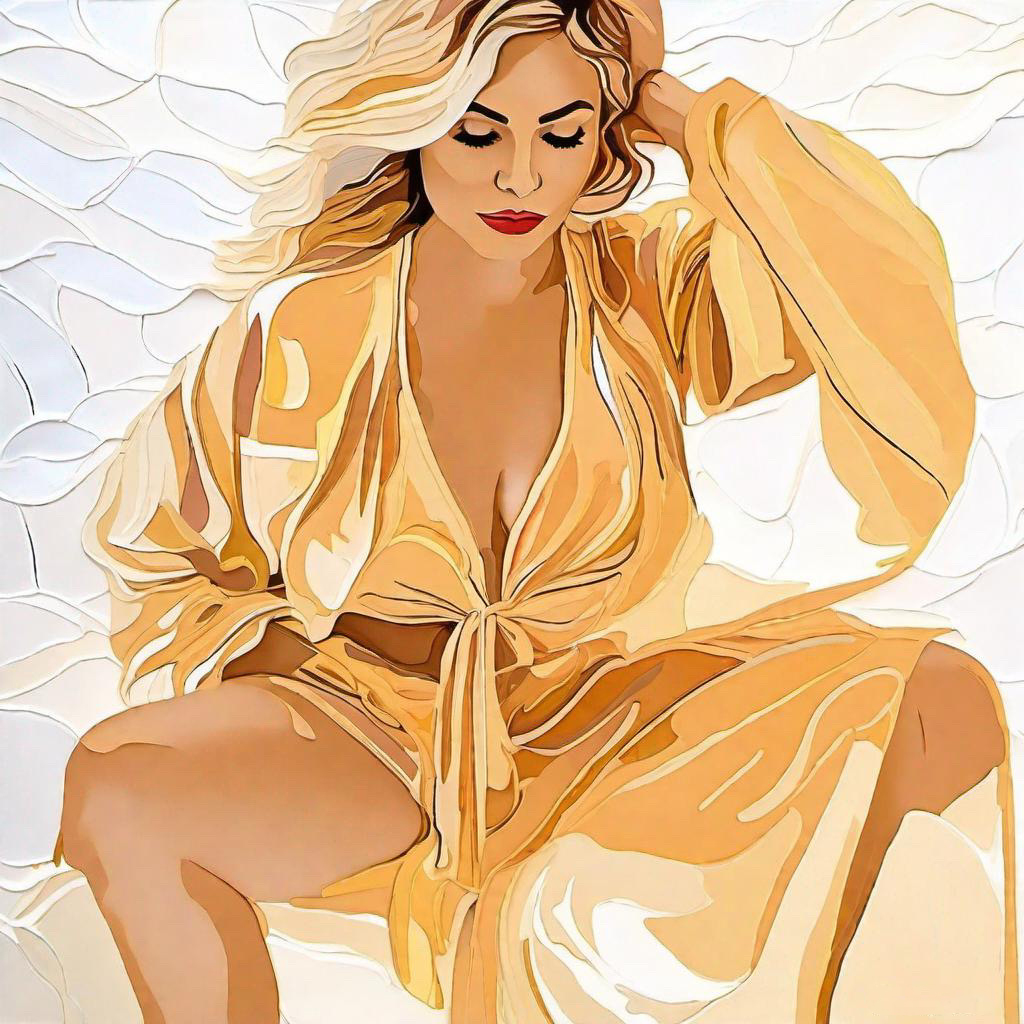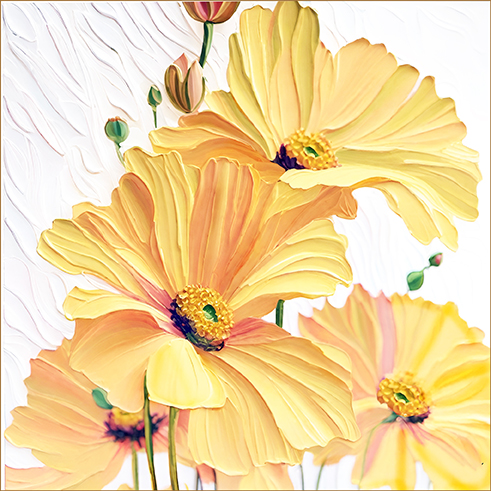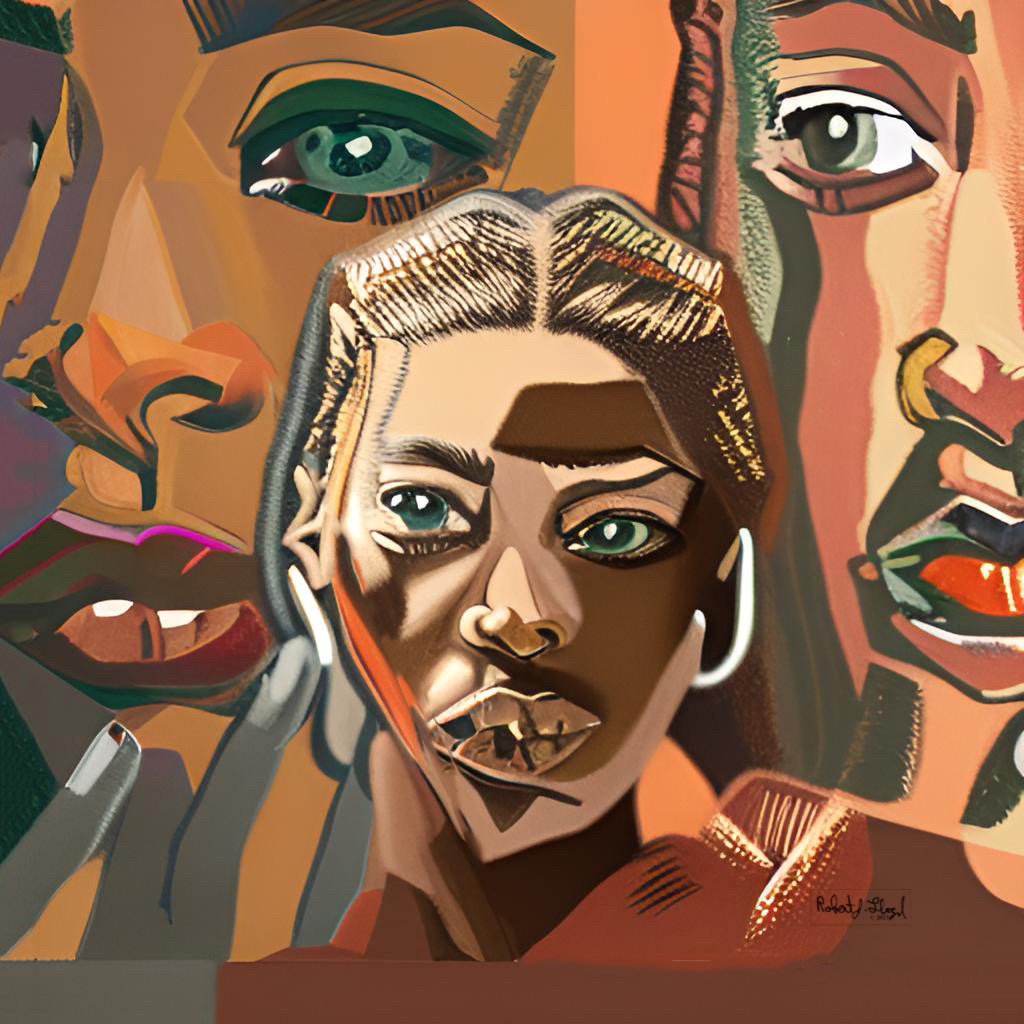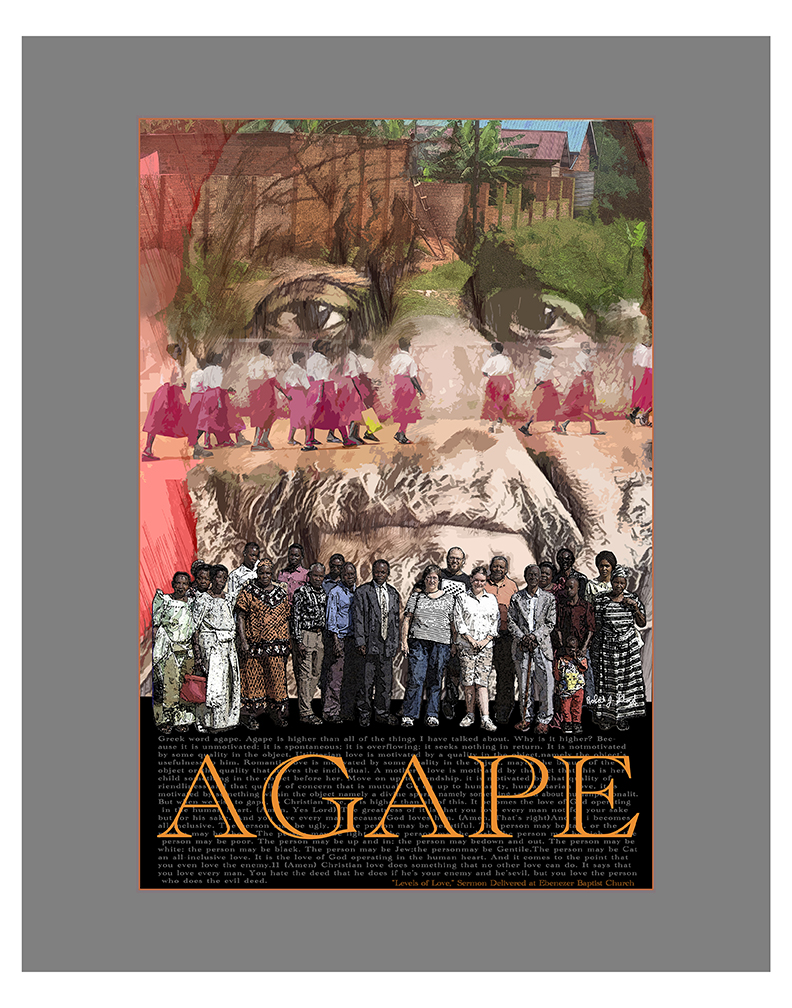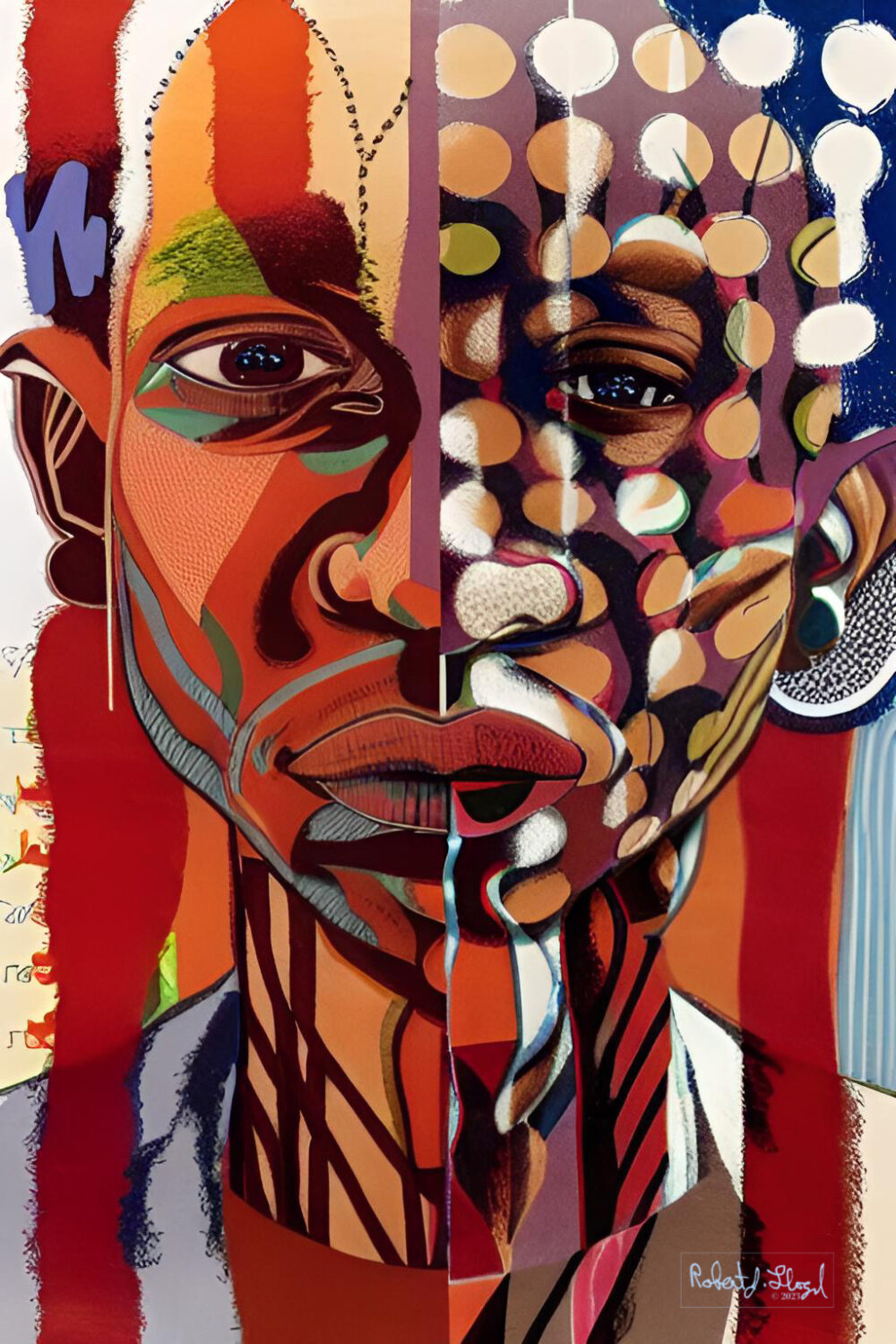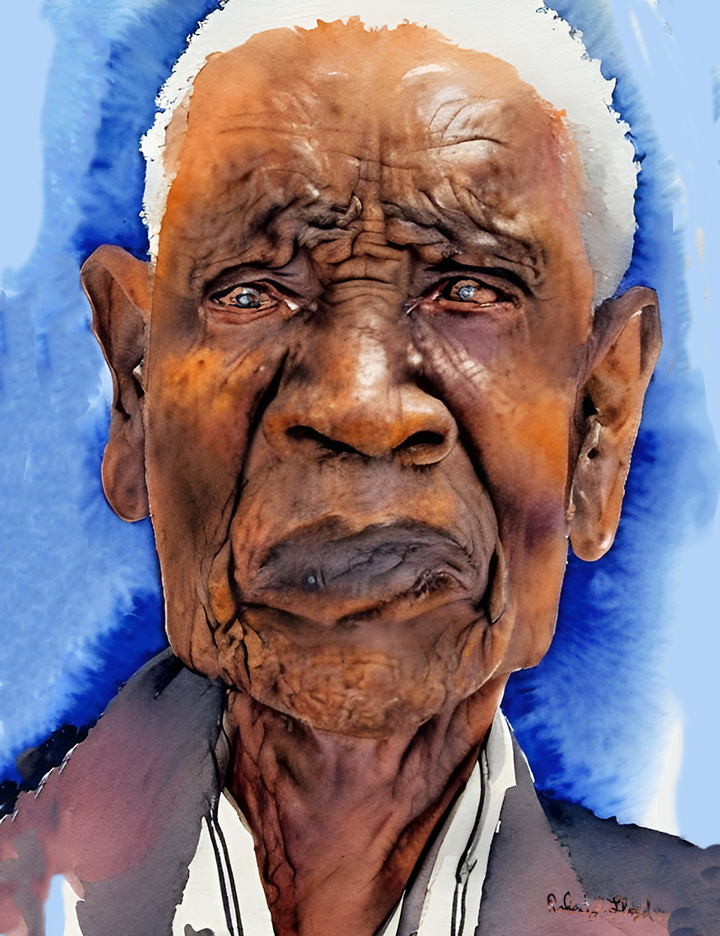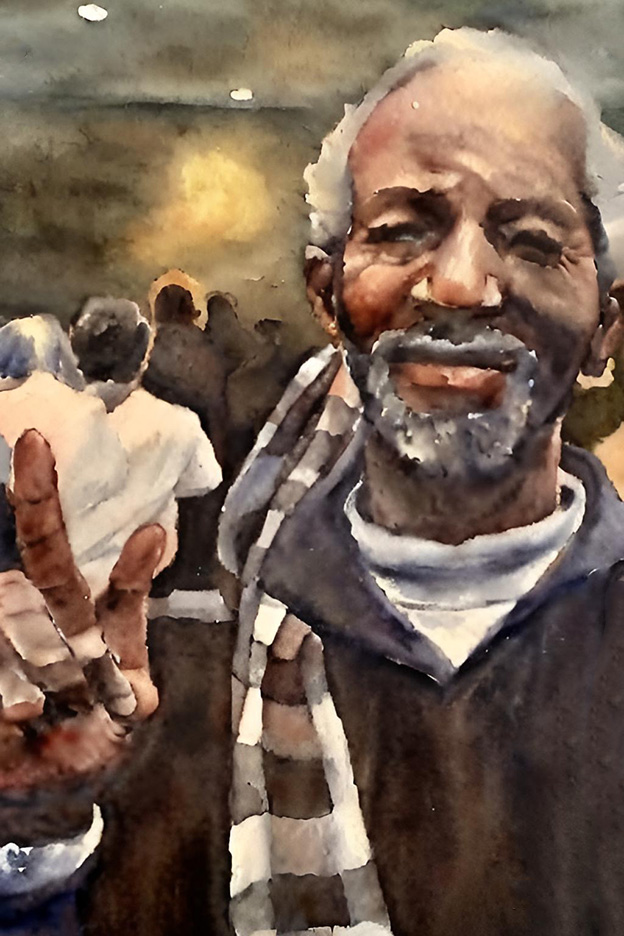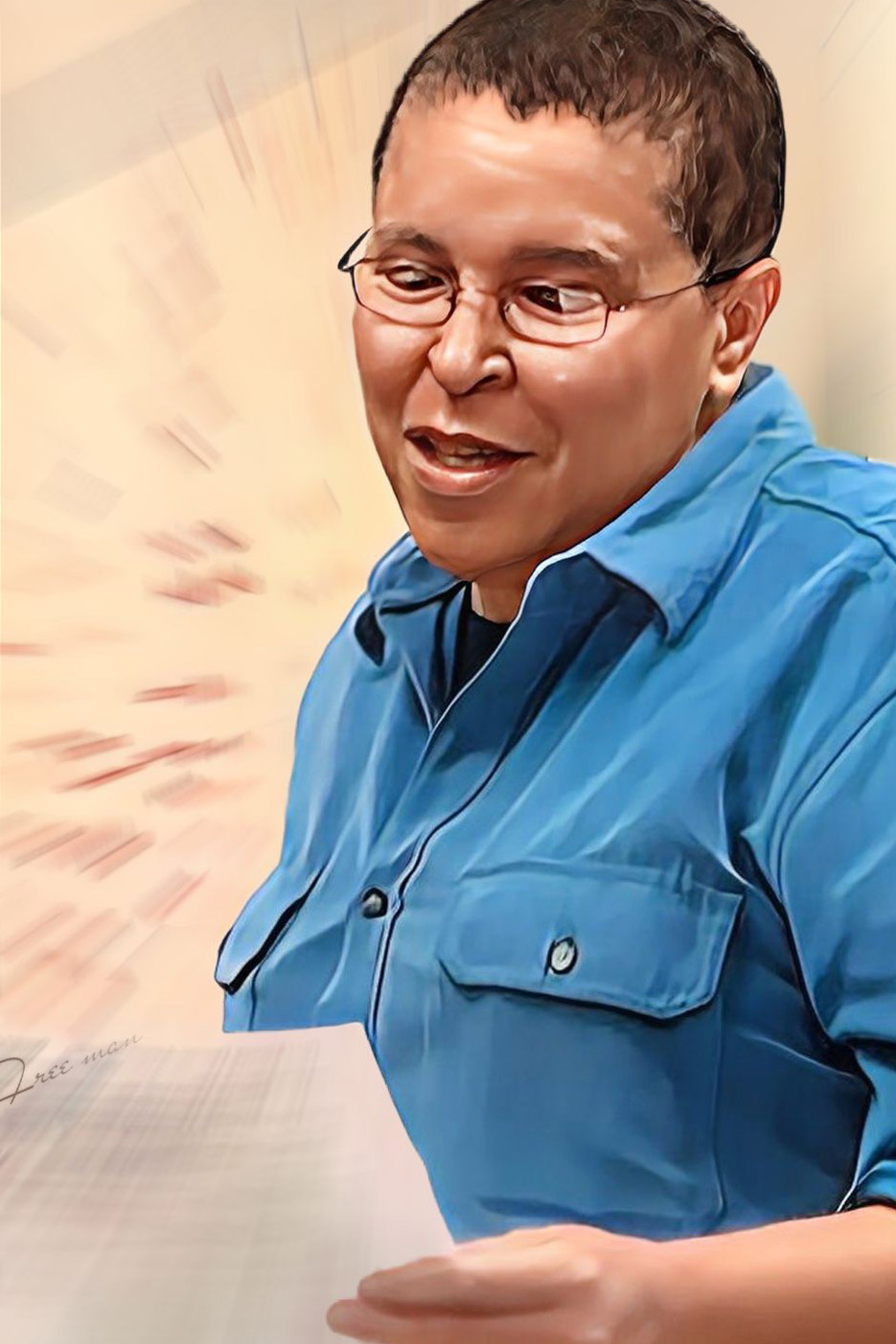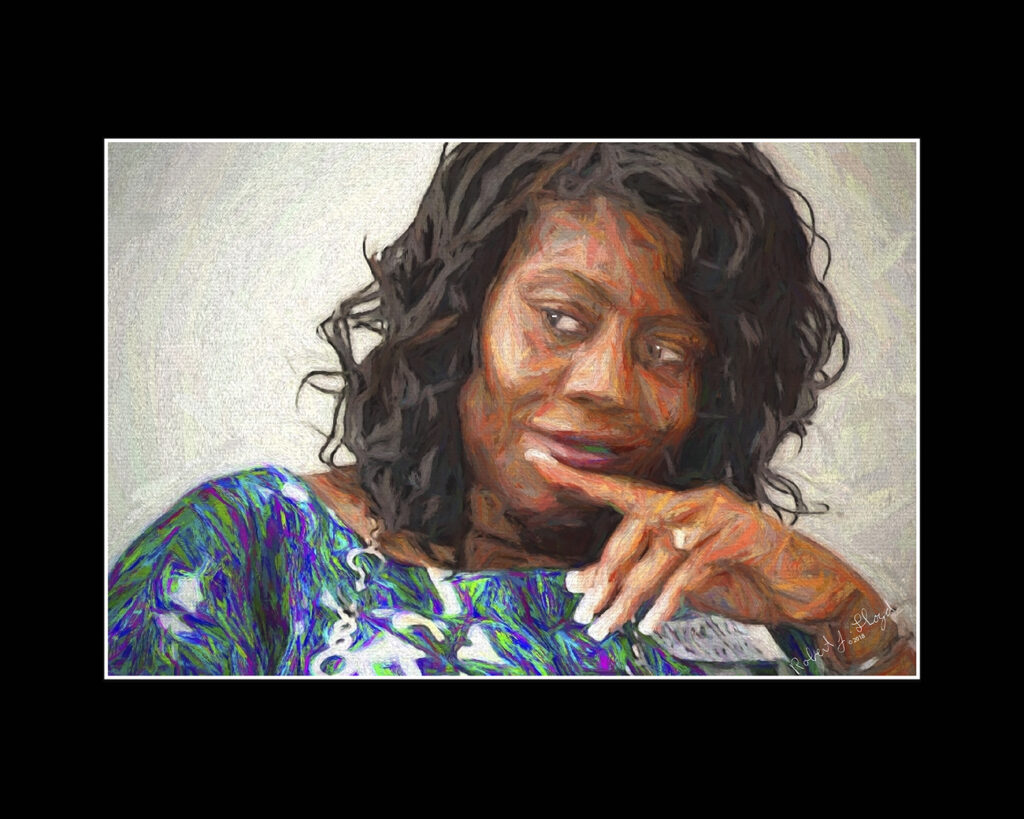Reflections on 50 Years of Social Action Groups in Spokane
These reflections and critiques offer insight into the challenges and nuances of organizing for social and political change, especially in a community with unique demographic and cultural dynamics like Spokane’s. I’ll break down some of the key themes and ideas that emerge from my observations, followed by an analysis of the different organizational meeting styles I have observed.
Observations on Spokane’s Social Justice Landscape
1. The Challenge of Unity in Diversity
I would like to highlight a critical stumbling block: the diversity of backgrounds and experiences among African Americans in Spokane, combined with open housing policies that have dispersed the community geographically. This dispersal creates physical and cultural barriers to organizing. Efforts at building unity often falter because of a lack of shared experiences or common interests.
The “myth of unity” is especially powerful. True solidarity often requires honest critique and the ability to challenge one another constructively. However the fear of disrupting fragile social bonds can prevent this, leaving communities stagnant or divided. Recognizing this tension is a crucial first step toward addressing it.
2. Opposition’s Strategic Plans
The opposition’s strategy of fostering disunity by perpetuating myths of unity and relying on ineffective slogans such as “each one teach one” resonates. While the latter sounds appealing, it does not scale quickly enough to make the kind of sweeping change necessary in the face of systemic opposition.
Calling for methods to teach larger groups and work collaboratively rather than individually is vital. Scaling up requires intentional, structured approaches that balance grassroots engagement with broader, unified strategies.
3. The Power of Small, Scalable Actions
Starting with small groups (5-10 people) that reach consensus and funnel ideas up to larger groups (20-40 people) is practical and reflects effective organizing models. This approach mirrors successful strategies used in community organizing and union movements. The key is ensuring that these small groups do not become isolated or self-contained but instead feed into a larger, cohesive effort.
Use independent media to disseminate ideas and strategies. In the digital age, leveraging social media, podcasts, and other platforms can amplify these messages far beyond the immediate community.
Critique of Organizational Meeting Styles
1. Small Groups That Just Complain
These groups are common in grassroots organizing and often act as pressure valves for frustration. While they may provide a sense of camaraderie and shared grievance, they rarely lead to action or change. The key to transforming these groups is introducing structure, goal-setting, and accountability.
2. Small Groups That Take Effective Action But Fail to Scale
These groups are the backbone of many movements, as they are action-oriented and often achieve measurable results. However, they can become insular and overly reliant on the comfort of their small size. To scale up, these groups must develop strategies for outreach, recruitment, and leadership development. Succession planning is also critical to prevent burnout and stagnation.
3. Large, Established Groups with Gatekeeping Leadership
Larger organizations with entrenched leadership may have the appearance of strength, but their top-heavy structure often stifles grassroots participation and innovation. Additionally, their focus on appearances (e.g., press conferences, grand speeches) can overshadow actual community engagement. Breaking down these gatekeeping tendencies requires fostering a culture of transparency, shared decision-making, and accountability within these organizations.
4. A Model Town Hall Meeting
I want to note a successful Democratic meeting – a state legislative town hall I recently attended which stands out as a shining example of effective organization and engagement. Its success can be attributed to several factors:
- Preparation: From the panel’s shared experiences and unified goals to logistical details like sign-ins, cards for questions, and microphones for audience participation, every aspect of the event was thoughtfully planned.
- Inclusivity: The setup allowed for both written and verbal questions, ensuring that all voices were heard, including those less comfortable speaking publicly.
- Follow-Up: Collecting contact information and ensuring unanswered questions were addressed later demonstrated respect for participants’ concerns and a commitment to accountability.
- Engagement: The inclusion of a younger, passionate panel member brought fresh energy and perspectives, which is often key to inspiring broader participation.
This model could serve as a blueprint for other events, fostering trust, transparency, and community buy-in.
Key Takeaways and Recommendations
1. Build Bridges Across Diverse Experiences
To overcome the challenge of disunity, focus on identifying shared goals and emphasizing common interests rather than differences. This could involve hosting listening sessions or cultural exchanges to deepen understanding among community members.
2. Scale Effectively
- Start with small groups but ensure they are networked into a larger movement. Use representatives to connect these groups and share their findings.
- Embrace digital tools to communicate and scale your efforts. Social media campaigns, live-streamed events, and online forums can bring dispersed communities together.
3. Cultivate Leadership and Prevent Gatekeeping
Develop leadership training programs to empower new voices and prevent the monopolization of power by a few individuals. Encourage established organizations to adopt more democratic, participatory structures.
4. Learn from the Model Town Hall
The thoughtful, inclusive approach of the town hall meeting I attended is replicable. Key elements to incorporate into future events include:
- Advance planning and logistics
- Opportunities for direct and written participation
- Transparent follow-up processes
- A mix of seasoned and fresh voices to ensure both experience and innovation
5. Use Independent Media Strategically
Leverage independent media to broadcast successes, share strategies, and counteract misinformation. Platforms like blogs, YouTube channels, and podcasts can amplify voices that mainstream media often overlooks.
Conclusion
I hope these reflections capture the complexity of organizing for social justice in a fragmented community. The challenges outlined—disunity, ineffective strategies, and entrenched gatekeeping—are significant but not insurmountable. By building on effective models like the town hall meeting and prioritizing scalable, inclusive approaches, there is real potential to create lasting change.
If any of this information here at 4comculture.com is useful to you, pass it on to friends and community leaders in order that they might learn.

